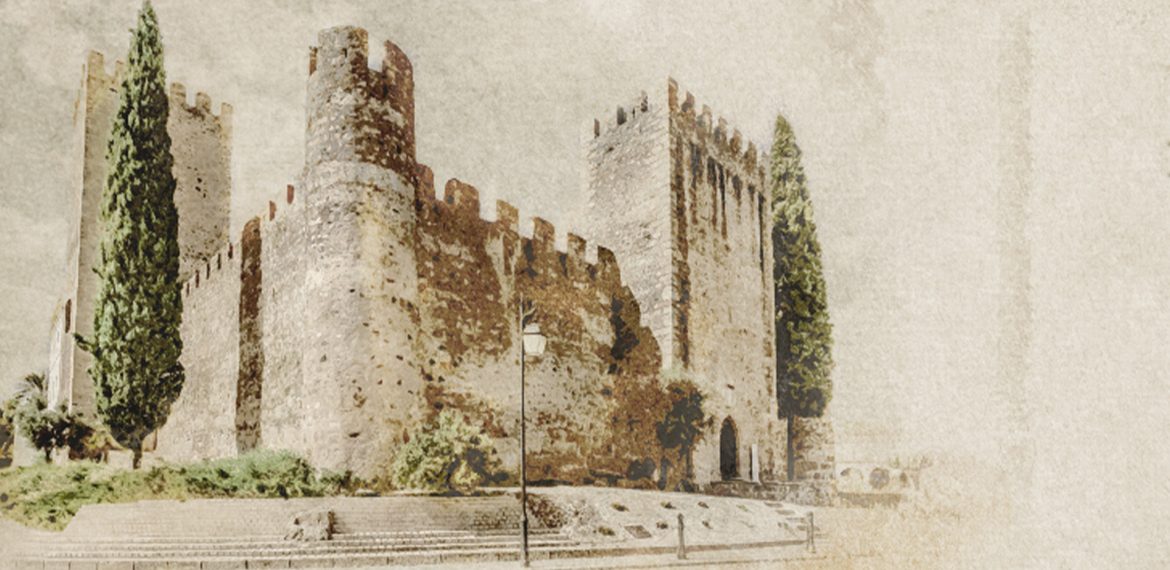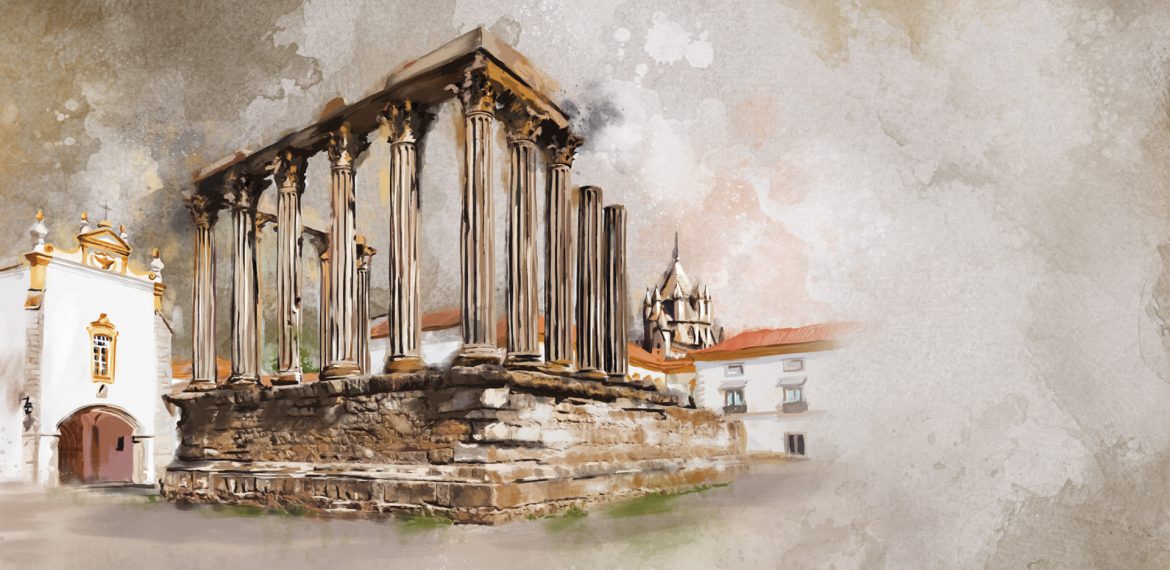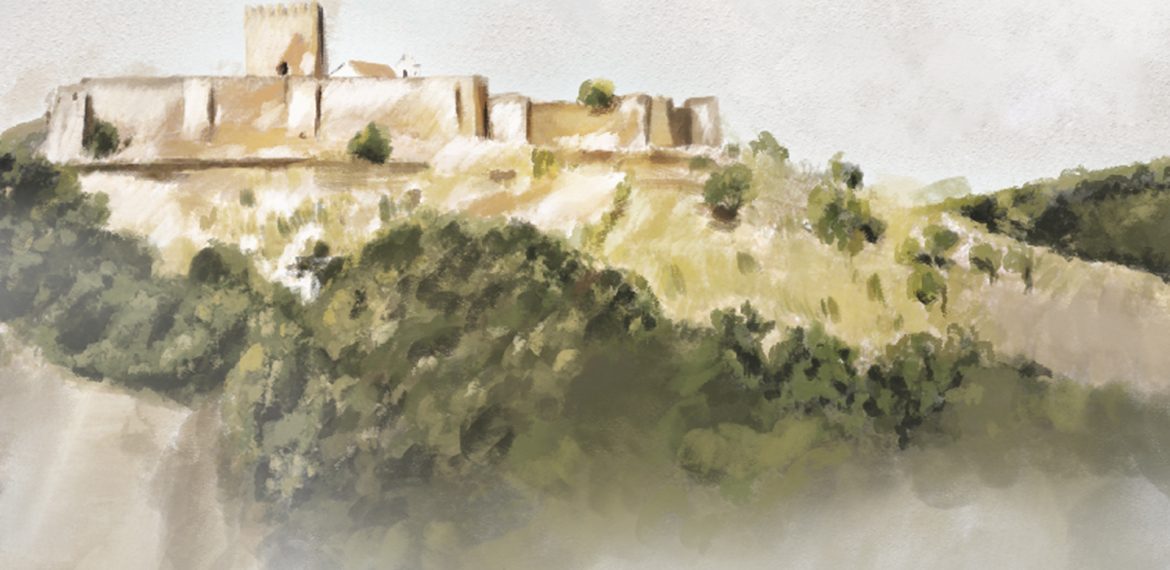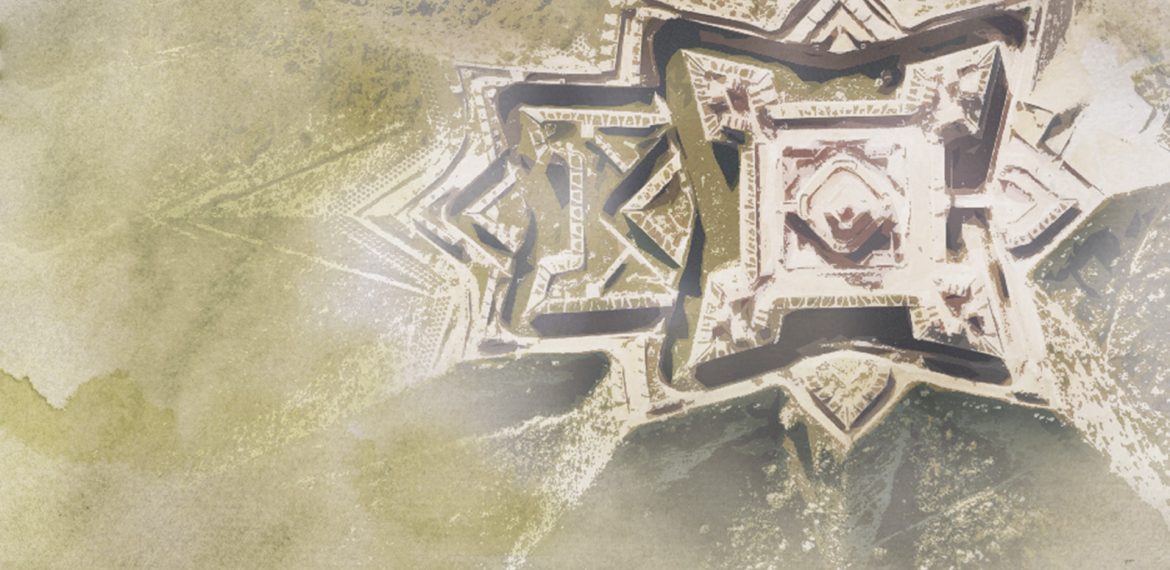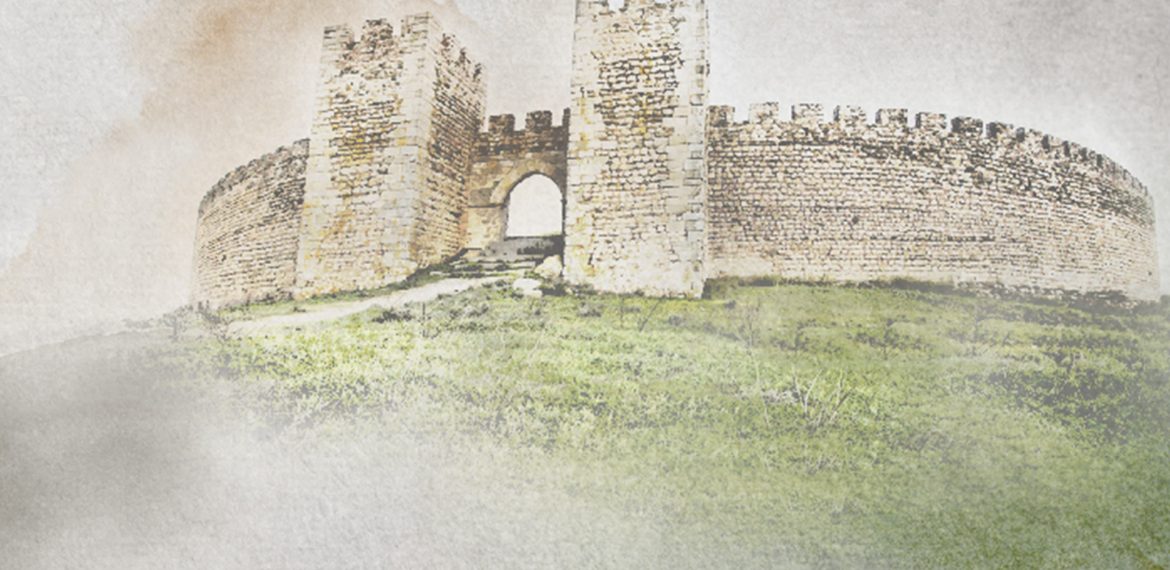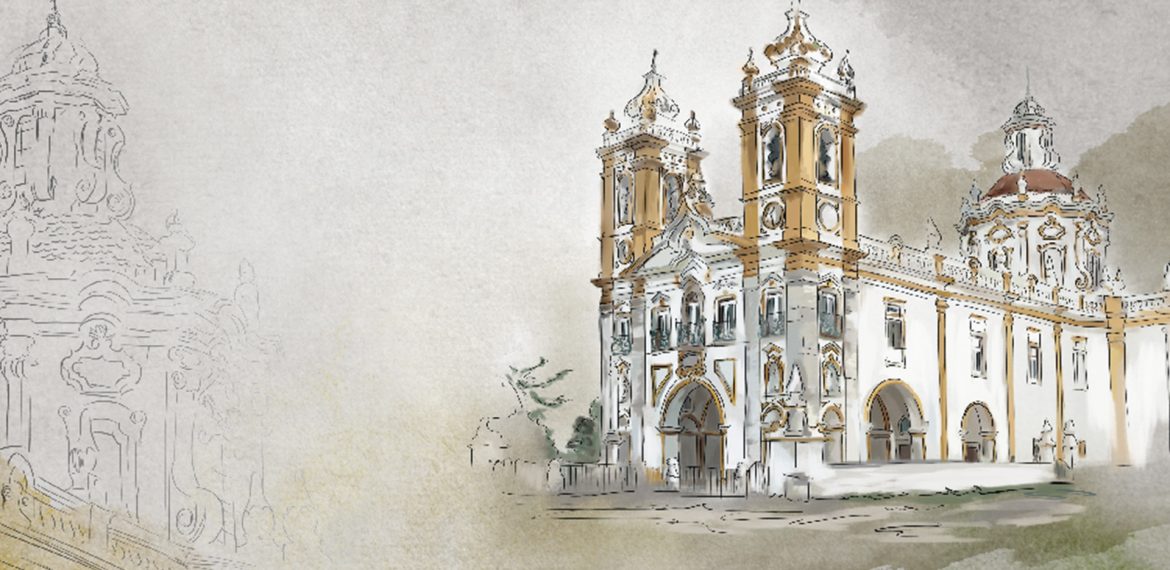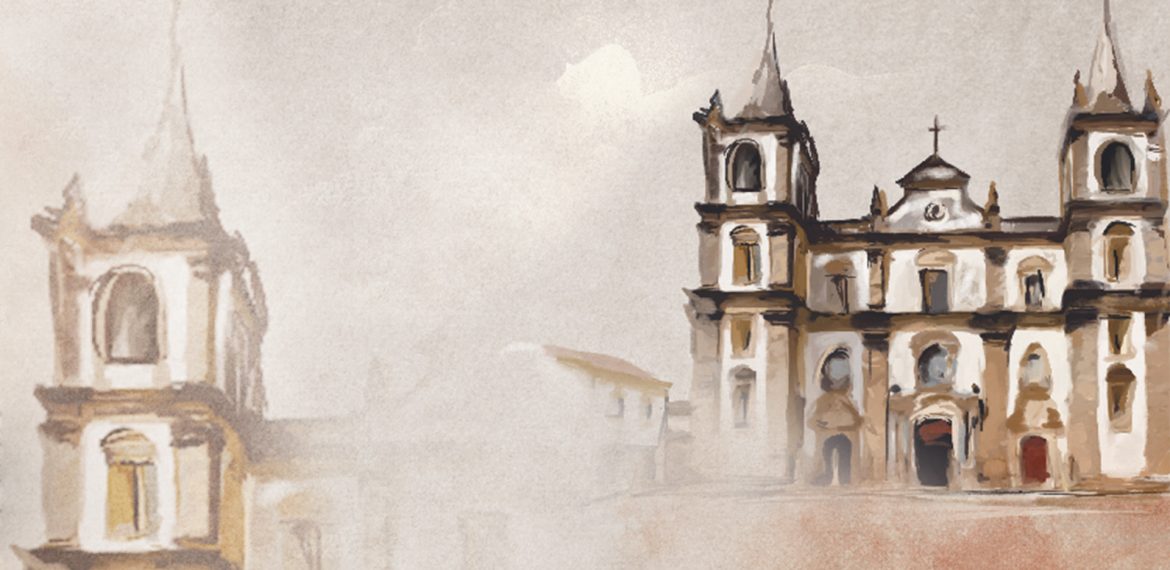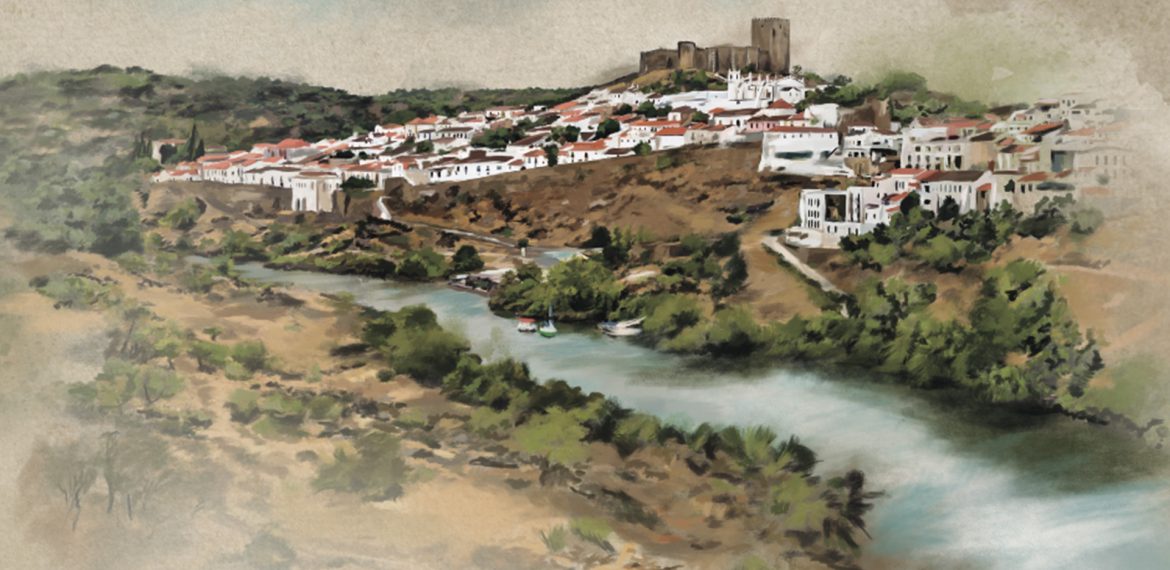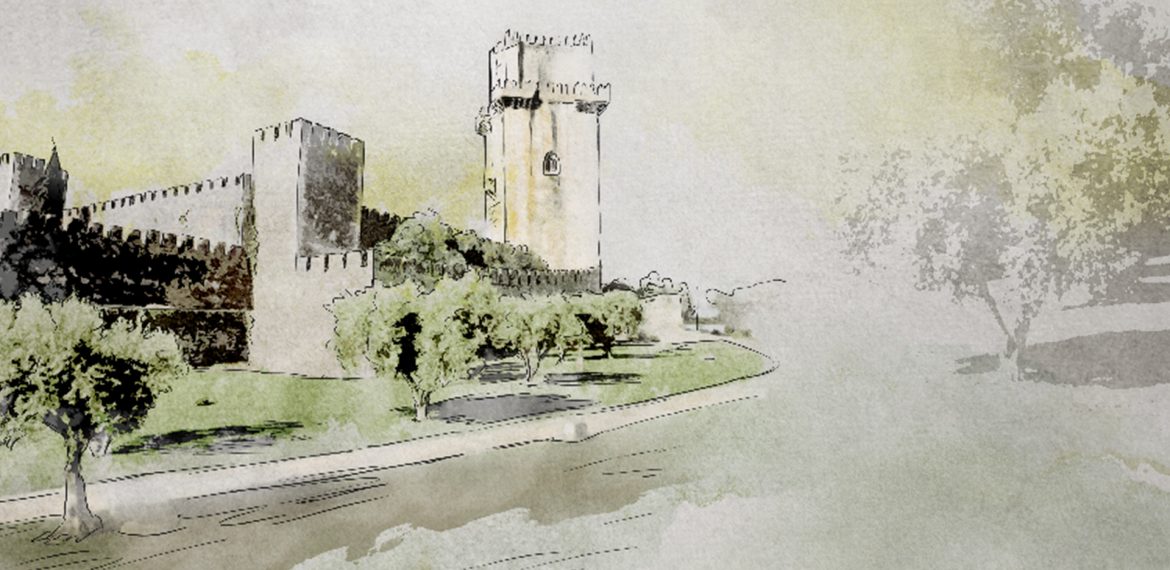Contents
Vila Galé Monte do Vilar
Protecting the centre of the Alentejo town of Alter do Chão, the Castle is a fine example of fourteenth-century medieval architecture, erected during the reign of Dom Pedro I, in 1359. At that time, it constituted a defensive articulation with Estremoz, Fronteira, Évora Monte, Avis, Alter Pedroso, Marvão, and Portalegre.
A “Turma da Mónica” é atualmente a banda desenhada brasileira mais publicada no mundo. A primeira tirinha oficial surgiu no ano de 1959, pelas mãos do cartoonista Mauricio de Sousa e inspirada nos seus filhos. O primeiro personagem que Mauricio criou para a “Turminha” foi o simpático cãozinho, Bidu, e
Considered a World Heritage Site by UNESCO since 1986, the Évora Roman temple is one of the largest and best preserved in the Iberian Peninsula. In the 5th century, barbarian peoples invaded the city and destroyed part of the monument. It then underwent a restoration process coordinated by the Italian
Surrounded by greenery and mountains, the construction of the Noudar Castle dates back to 1307, during the reign of D. Dinis, and it was important for the defence of the border with Castile during the 16th century. Located in Barrancos, between the Múrtega stream and the Ardila river, it is
Located in Elvas, the Graça or Lippe Fort is a perfect example of 18th century military architecture. Many historians consider it to be one of the most powerful fortresses in the world. Its good strategic position be-came evident during the War of Restoration, when Spanish troops occupied the site during
The Castle of Arraiolos, also known as Paço dos Alcaides, is located in Arraiolos, in the region of Évora, on top of the São Pedro Hill, towering over the town, and allowing a 360º view of the vast Alentejo plain. Built around 1305, during the reign of D. Dinis, it
Located in Viana do Alentejo, this Baroque-style sanctuary was built between 1743 and 1804, according to the plans of Father João Baptista, on the site of a former 16th-century chapel. On the doorway, an inscrip-tion in Latin relates that, after the expulsion of the Moors from these lands, a farmer
The Cathedral of Portalegre, also known as the Parish Church of Nossa Senhora da Assunção (Our Lady of the Assumption), was commissioned by King João III in the 16th century and its first bishop was Julião de Alva. Built in a late Renaissance style, the church underwent alterations between 1737
“An imposing monument, which dominates the historic centre of the town of Mértola, considered an invincible fortress for centuries. Most of the building was built in the 13th century by the knights of the Order of Santiago, with a military structure and walled enclosure. Its main element is the Castle
During the reign of King Afonso III (13th century), soon after the city was conquered by Christians, the walls of the city and the castle were rebuilt, and the imposing keep was built by his son, King Dinis, during the 14th century. Almost 40 metres high, it is remarkably beautiful and is
Categories
Latest Posts
- 15 de Fevereiro, 2023
- 29 de Setembro, 2017
- 29 de Setembro, 2017
- 29 de Setembro, 2017
- 29 de Setembro, 2017

